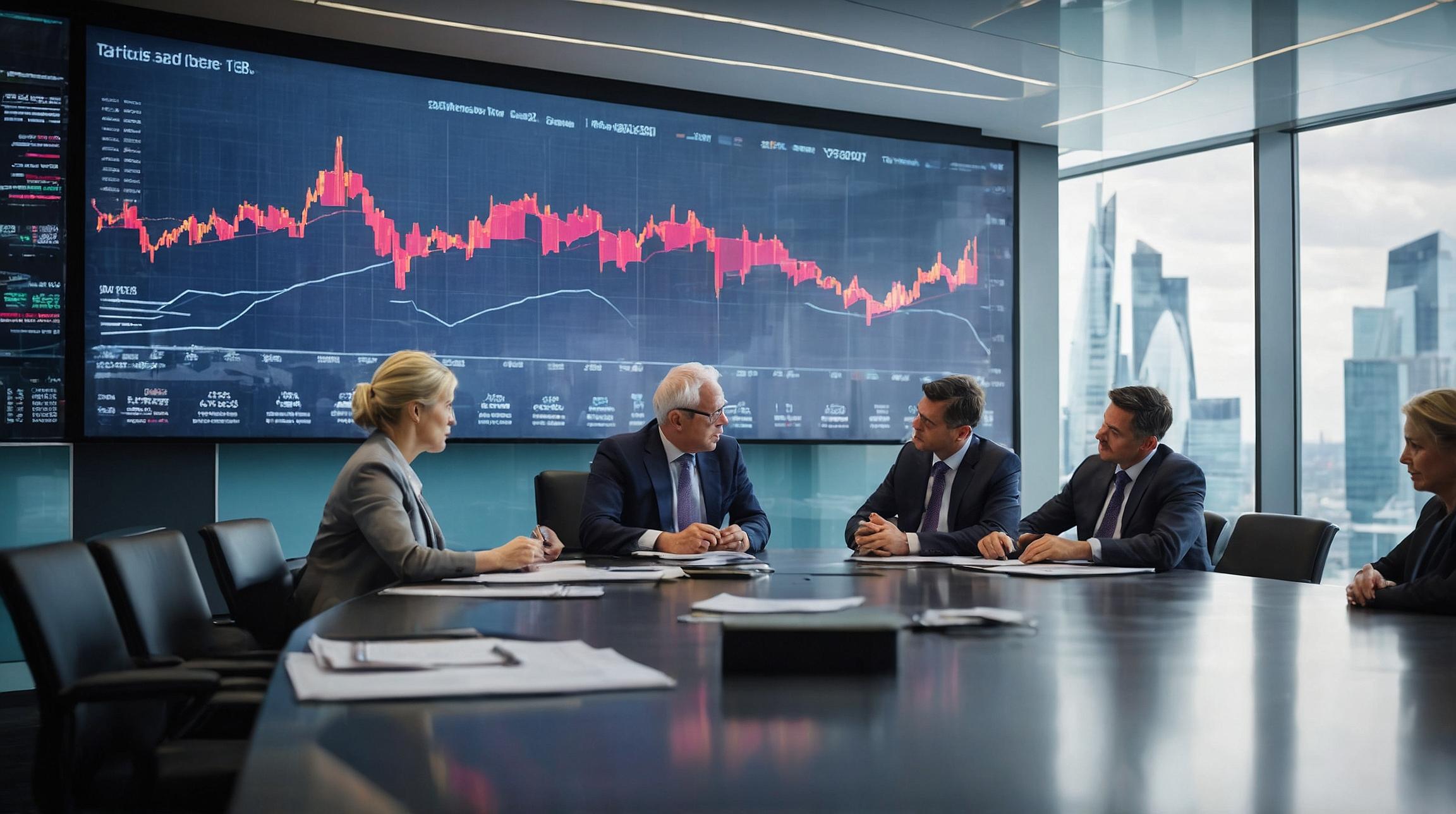Exploring Fractional Art Ownership: Investing in Cultural Assets
Unveiling the World of Fractional Art Ownership: A New Frontier in Cultural Investment
The world of art has always been an exclusive realm, accessible only to the elite few who could afford to purchase valuable masterpieces. However, a new trend is emerging that is democratizing the art world and opening up investment opportunities for a wider range of individuals – fractional art ownership. This innovative concept allows multiple investors to collectively own a share of an artwork, making art investment more accessible and affordable than ever before. Fractional art ownership is quickly becoming a new frontier in cultural investment, revolutionizing the way people engage with and profit from the art market.
Decoding the Potential of Fractional Art Ownership: A Lucrative Path for Investors
Fractional art ownership holds immense potential for investors looking to diversify their portfolios and tap into the lucrative art market. By pooling resources, investors can gain exposure to high-value artworks that would otherwise be unaffordable on an individual basis. This allows investors to benefit from potential appreciation in the value of the artwork over time. Moreover, fractional ownership platforms provide investors with greater liquidity, as they can easily buy or sell their shares in the artwork. This flexibility opens up new avenues for investment and allows investors to actively participate in the art market, even with limited capital.
The Rise of Fractional Art Ownership: Unlocking Opportunities to Own a Piece of History
Fractional art ownership has witnessed a significant rise in popularity over the past few years, driven by a growing interest in alternative investments and a desire for greater inclusivity in the art world. This trend has attracted a diverse range of investors, from seasoned collectors to first-time art enthusiasts. One of the key advantages of fractional art ownership is the ability to own a piece of history. By investing in culturally significant artworks, investors become custodians of our shared heritage, preserving and promoting the cultural assets for future generations to enjoy.
Understanding the Mechanics of Fractional Art Ownership: A Strategic Investment Approach
To engage in fractional art ownership, investors typically join specialized platforms that facilitate the buying and selling of shares in artworks. These platforms employ various models, such as asset-backed tokens or shares in a legal entity that owns the artwork. Investors can browse through a curated selection of artworks, conduct due diligence, and choose the shares they wish to purchase. The platforms also handle administrative tasks, such as insurance, storage, and maintenance of the artworks. This streamlined approach simplifies the investment process and allows investors to focus on the strategic aspects of their art portfolio.
Embracing Fractional Art Ownership: How Cultural Investors are Diversifying their Portfolios
Fractional art ownership has gained traction among cultural investors who are looking to diversify their portfolios beyond traditional asset classes. By investing in artworks, investors can not only potentially earn attractive returns but also contribute to the preservation and promotion of cultural heritage. Fractional ownership platforms offer a wide range of artworks across different styles, periods, and price ranges, allowing investors to build a well-rounded art portfolio. This diversification strategy helps mitigate the risk associated with investing in a single artwork and provides investors with exposure to various art market segments.
In conclusion, fractional art ownership is transforming the art investment landscape by making it more inclusive and accessible to a broader range of individuals. This innovative concept allows investors to own a fraction of valuable artworks, providing them with the opportunity to benefit from potential appreciation in value and actively participate in the art market. By embracing fractional art ownership, investors can diversify their portfolios, own a piece of history, and contribute to the preservation of cultural assets. It is a new frontier in cultural investment that is attracting a growing number of individuals who recognize the potential and value of investing in art.













